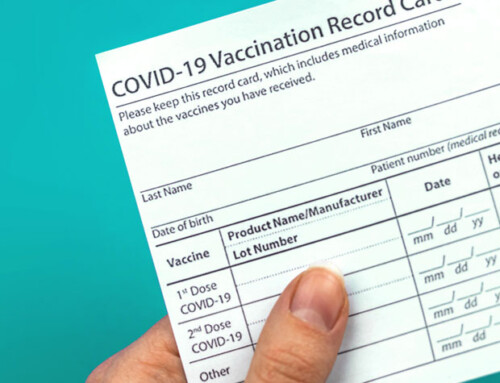How is interpersonal trust like a butterfly’s wings? It’s compelling and functional: beautiful to behold and good at providing uplift. It’s also difficult to create – just ask the caterpillar – and fragile, more easily destroyed than built. Infusing trust into a work environment with both employees and gig workers can be particularly challenging. These two populations don’t have a history of shared norms, and they often haven’t spent enough time working together to establish rules of engagement. But there are steps a manager can take to foster trust, even within a multi-role workforce.
Trust – The Definition
Trust has both rational and emotional components. On the rational side, trust means confidence in the predictability of another’s behavior. From the emotional perspective, trust exists when I know my predictable counterpart will not take actions that harm me.
Within organizations, trust is also a paradox. It works as both social glue and collective lubricant, binding people with common interests and goals while simultaneously smoothing the transactions that flow between them. As a result, trust reduces transaction costs among people who must collaborate to get work done. Workers who do not trust each other can still cooperate, but to do so requires a heavy dose of rules, regulations and contracts. Building self-protections takes time and money – it imposes a tax on the individuals and the organization.
Five Ways to Build Trust
Trust won’t grow between individuals and groups that are walled apart. Here are five strategies for enhancing trust between an organization’s employees and its gig contractors.
- Create opportunities for people to spend face-to-face time together. Some people work in an office, others at home, a few in coffee shops, some at a library. Dispersing team members, both employees and gigsters, is a trend that won’t disappear any time soon. Nevertheless, trusting relationships grow faster when people have face-to-face contact. Does it cost money to bring people together for occasional personal sessions? Yes, but so does the time and effort people must invest in building the transactional protections that substitute for trust. Given the choice, invest in occasional togetherness. Email connections aren’t enough and even video chats are a poor substitute for periodic in-the-same-space interaction.
- Foster exchanges with clearly defined and agreed-upon performance expectations. Trust and confidence grow when people consistently show valued expertise, meet quality and time goals and deliver on promises. Trust increases when promises are clearly specified and routinely kept.
- Let employees and gig workers decide how to allocate roles within the team. To the extent possible, let the people on a team, regardless of their employee type, decide how to allocate work. Many organizations use gig workers for transactional assignments rather than strategically important work. Others give gig workers the cooler jobs and assign employees to the maintenance of legacy systems. Give everybody, regardless of their contractual role, the latitude to take on fulfilling work.
- Recognize the successful collaboration that results from trust. When recognizing achievement, emphasize how intra-team trust contributed to success. When trust-based accomplishments yield praise, bonuses, promotions and fulfillment, it’s likely to grow.
- Hire for a history of trust. Ask prospective employees and gig workers about their experience in building and repairing trust and about how they prefer to collaborate. Lone wolves may have a role to play in brief, highly circumscribed projects, but for best results, hire those who have worked successfully as a pack.
And remember the gossamer fragility of trust. Build it carefully and nurture it gently. It is valuable and gratifying, but as difficult to mend as a butterfly’s wings.







